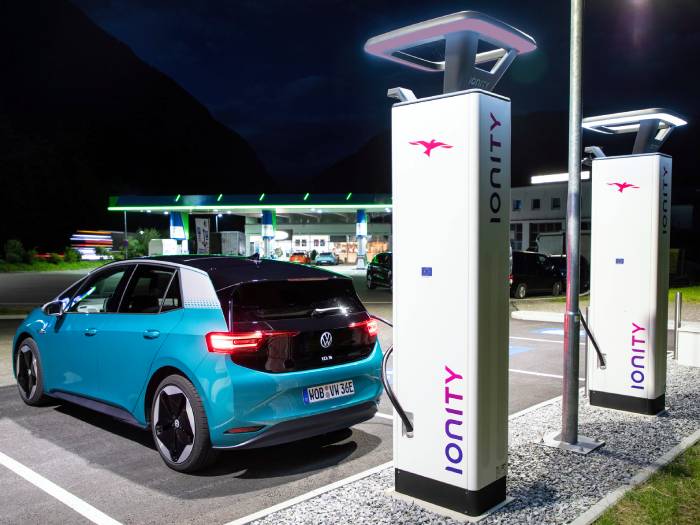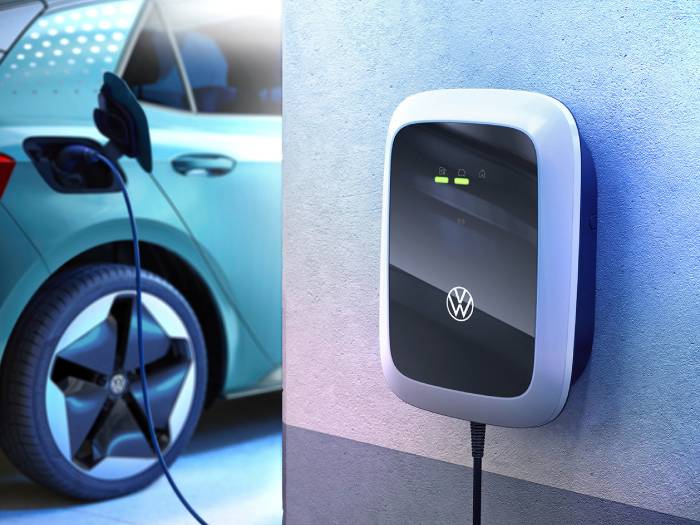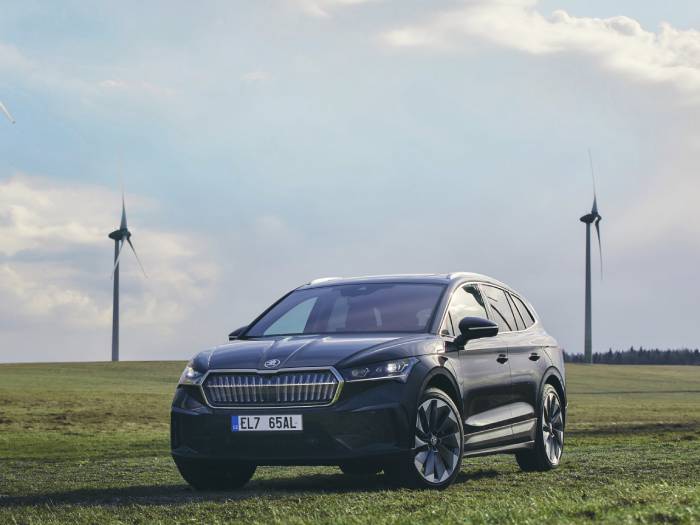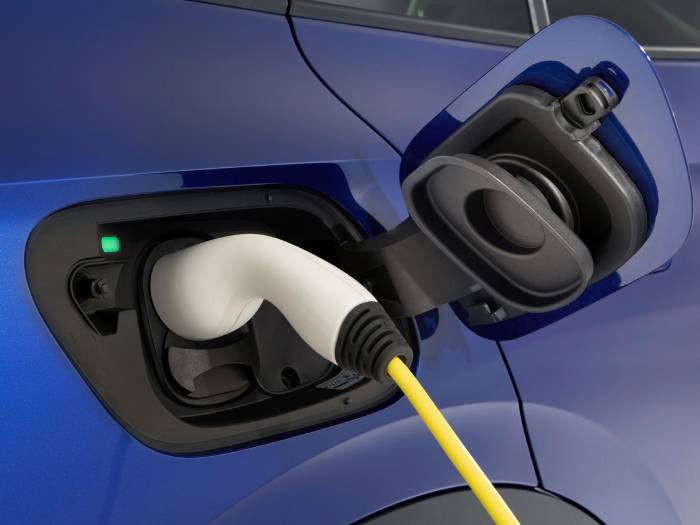Smart Mobility Report 2021: the state of play on electric mobility
The Smart Mobility Observatory of the School of Management at Polytechnic University of Milan (Politecnico di Milano) takes a snapshot of the development of electric mobility at a global level through its annual report: from sales to charging, here is how the zero-emission transport scenario looks like in Italy and Europe.
What is the current situation of electric mobility in Italy and Europe? How many battery-powered cars are on the road, how many are sold, and what about the charging stations?
These and other key issues concerning zero-emission mobility are analysed in the Smart Mobility Report, written by Energy & Strategy, a multi-disciplinary team at Polytechnic University of Milan (Politecnico di Milano). The Observatory was established in 2017 precisely to monitor the electric, shared and autonomous mobility market and its prospects.
BEVs and PHEVs: the European situation
In 2020, 3.2 million electric and plug-in hybrids vehicles were registered worldwide, corresponding to a share of 4.2% of the global market (passenger cars + light commercial vehicles), with a growth rate of 43% compared to the previous year. The global fleet thus exceeded 10 million vehicles.
In Europe, on the other hand, 1.36 million electric and plug-in hybrid cars were registered in 2020: Germany is the leading market - accounting for almost a third of total sales - followed by France, the United Kingdom, Norway, Sweden and the Netherlands. For the first time in the last five years, these figures put Europe as the reference market, ahead of China, which recorded 1.3 million units.
The electric and plug-in hybrid market in Italy
Italy ranks seventh in the European top ten, thanks to almost 60,000 electric and plug-in hybrid cars registered in 2020, a growth of 251% compared to 2019; of these, more than half are full electric. Thus, the Italian vehicle fleet has reached almost 100,000 units (BEV+PHEV), thanks to the boost of incentives, an increasingly wide range of models and the development of public charging infrastructure.
However, distribution across Italy is uneven: 67% of the total is concentrated in northern regions. The growth in registrations, on the other hand, is driven by the smaller segments, which account for 80% of the total.
The public charging network...

By the end of 2020, more than 285,000 public charging points were in operation across Europe, up 35% from the previous year. Of these, 87% are standard AC charging points, while 13% are DC fast-charging points. Encouragingly, the latter are growing the most (+57% compared to the previous year), compared to +32% for the former.
In Italy, as of July 2021 there were an estimated 21,500 public charging points, almost +34% compared to the previous year, but with an uneven distribution that increases the gap between North and South: of these, over 90% are standard AC charging points and 9% DC fast charging, plus 0.6% of HPC (High Power Charging) points, also known as ultra fast.
As of July 2021, Ionity has installed 65 HPC charging points in Italy with a power of up to 350 kW in 16 separate charging stations, located on or near motorways, with the aim of expanding the possibilities of fast charging in Italy.
...and private charging

At the end of 2020, the estimated number of private charging points globally included more than 9.5 million devices, including wallboxes and charging stations, 74% of which were domestic and the remainder were company charging points, confirming the trend that sees the vast majority (7 out of 10) of electric car users having access to a private charging point.
As far as Italy is concerned, over 24,000 private charging points were estimated in the same period - more than three times as many as in 2019. The majority of private charging point installations, i.e. 65%, refers to the residential sector.
An uneven Europe for electric mobility
Electric mobility is developing unevenly in Europe. Norway and the Netherlands lead the way in terms of both the number of electric cars and electric charging stations: in Norway, there are 350 and 8,000 per 100,000 inhabitants respectively. Spain, Italy and Portugal, on the other hand, are at around 20 public charging points and 200-600 electric cars per 100,000 inhabitants.
The near future of charging stations
The Smart Mobility Observatory's analysis also deals with the technological aspects of charging stations, with interesting projections: over the next five years, technology will be introduced in the charging stations to modulate the charging power, which will make it possible to “refuel” several cars at the same time and more quickly, and to pay by credit or debit card, simplifying operations.
Looking further ahead, it is estimated that vehicle-to-grid, smart charging and renewable energy storage systems will be implemented within the next 10 years to reduce the impact of charging on the electricity grid and allow the installation of points in areas where the grid is weak.
Turning to pure innovation, predictions for the next decade include the spread of mobile charging points, i.e. battery-powered vans or autonomous robots capable of moving around in defined contexts, such as car parks.
Who buys electric cars in Italy?

In terms of users' views and experiences, the analysis shows that those who buy an electric car mainly consider its environmental impact, then the lower TCO (total cost of ownership, or the running costs) over its entire life cycle and the possibility of installing a private charging point. Most of those who bought an electric car in Italy benefited from the incentives, in most cases scrapping a car older than 10 years.
For users, the main barrier to purchase continues to be the high cost of electric vehicles, followed by considerations of range and lack of charging infrastructure. More than 70% of EV owners have a home charging point, while 21% can use a company charging point.
Where do people recharge their electric cars?

Only 7% of electric car users rely solely on public charging infrastructure, while 83% use it on a fairly regular basis. The most frequently used public charging points are those available in shopping centres, followed by those on city streets and then in public car parks.
Company fleets and “desiderata”
The Smart Mobility Observatory also explored the area of company car fleets: in the sample analysed, electric cars (BEVs) account for almost 10% of representation. They are mainly chosen to reduce fleet emissions, while the main barriers to their adoption are the range anxiety and the necessary change in habits and mentality.
For the future, electric vehicle owners in general would like to see a greater spread of charging infrastructures, especially along motorways, but also in urban areas, at car parks and points of interest. The analysis shows that ultra fast charging could be a strong stimulus for the spread of electric cars: the majority of users perceive it as the turning point to allow also long journeys on electric vehicles.
Source: Observatory “Smart Mobility Report”
VGI | Responsible OU: VP | Creation date: article date | Class 9.1
